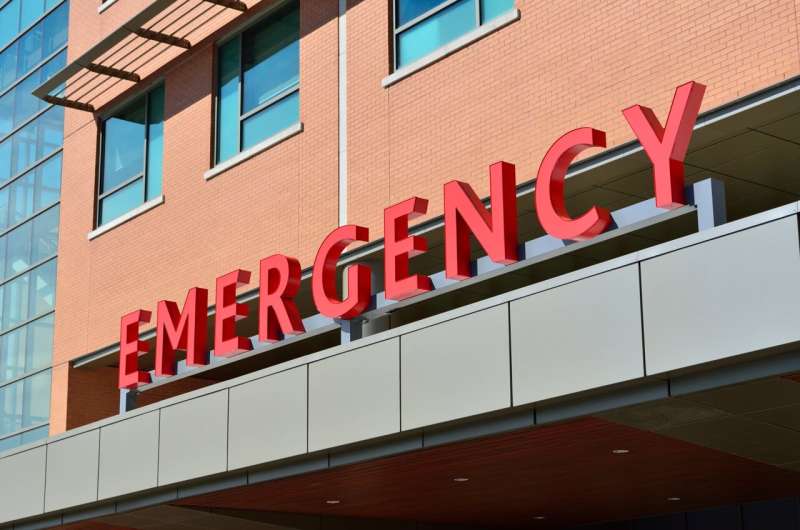Rising Wait Times for Emergency Hospitalization: A Growing Concern

A new study reveals that wait times for emergency hospitalization have increased significantly, with many patients experiencing delays of over 24 hours, raising concerns about patient safety and healthcare system capacity.
Recent research highlights a concerning trend: the increasing duration patients spend waiting in emergency departments (EDs) before being admitted to a hospital. Ideally, patients requiring emergency hospitalization should be transferred to a hospital bed promptly to receive necessary care. However, a rising phenomenon known as 'boarding'—where patients remain in the ED for hours or even days awaiting inpatient beds—has become increasingly prevalent. A comprehensive study analyzing data from 46 million emergency visits across all 50 states from 2017 to 2024 reveals that this issue has worsened significantly over recent years.
Prior to the COVID-19 pandemic, boarding already posed a problem, but its severity escalated markedly starting in mid-2020 and has persisted since then. By 2024, over 25% of patients admitted during non-peak months and nearly 35% during peak winter months experienced waits of four hours or more for a hospital bed. Even more alarming, nearly 5% of all patients admitted during winter months waited over 24 hours for a bed—a stark contrast to pre-pandemic times when such long waits were rare.
This prolonged boarding not only causes delays in crucial medical intervention but also elevates patient safety risks and strains emergency care systems. The situation is particularly acute among vulnerable groups, including seniors aged 65 and older, non-English or non-Spanish speakers, and Black patients. The Northeast region saw the highest rates of 24-hour-plus boarding.
Experts warn that sustained high levels of boarding threaten the capacity and functionality of emergency departments nationwide. The issue is linked to systemic mismatches between the demand for emergency services and the available inpatient resources. Solutions proposed involve better management of hospital beds through scheduling, early discharges, and regional data sharing, as well as increasing support for rural and behavioral health services.
Efforts by hospitals, such as expanding inpatient capacity and implementing innovative care strategies, are underway to mitigate these delays. Nonetheless, experts emphasize the need for more rigorous research and comprehensive policies to address long-standing structural issues that exacerbate ED overcrowding. Addressing these challenges is vital to ensure timely care, improve patient safety, and sustain emergency healthcare capacity amid ongoing and future crises.
Source: https://medicalxpress.com/news/2025-08-emergency-hospitalization-higher.html
Stay Updated with Mia's Feed
Get the latest health & wellness insights delivered straight to your inbox.
Related Articles
Tirzepatide Outperforms Placebo and Liraglutide in Reducing Food Intake, Appetite, and Modulating Brain Function
A groundbreaking study reveals tirzepatide's superior ability to reduce appetite, food intake, and alter brain activity related to eating, outperforming placebo and liraglutide in a six-week trial.
President Kennedy Orders Comprehensive Review of Infant Formula Ingredients
President Kennedy has mandated a thorough review of infant formula ingredients to improve safety and alignment with global standards, addressing concerns about contaminants and nutritional content.
Cat Brain Changes Mirroring Alzheimer’s Disease Offer New Insights
Research reveals that cats with dementia experience brain changes similar to Alzheimer's in humans, offering new avenues for understanding and treating age-related cognitive decline.



